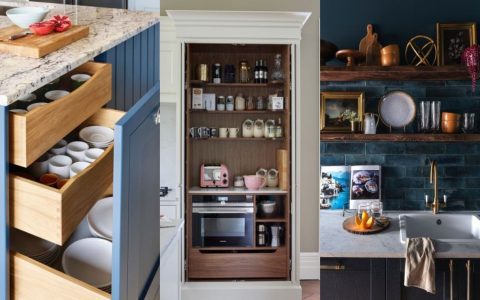Optimizing an industrial cafeteria requires addressing unique operational demands, focusing on efficiency, durability, nutrition, and cost management. Here are key considerations:
Core Design Principles
Throughput & Speed: Design layouts minimizing queuing. Implement multiple identical serving stations (e.g., hot lines, salad bars) strategically placed to disperse crowds. Re-engineer workflows for rapid service during peak periods.
Durability & Low Maintenance: Select commercial-grade materials for floors, counters, tables, and equipment engineered for constant use. Stainless steel surfaces and impact-resistant wall coverings are essential.

Flexibility & Scalability: Develop menus and staffing plans adaptable to fluctuating headcounts, shift changes, and varying production schedules common in industrial settings.
Menu Engineering & Food Production
Standardization is Key: Utilize batch cooking, standardized recipes (consistent portioning), and central ingredient prep to enhance efficiency, control costs, and ensure uniform quality.
Comfort Foods with Nutritional Balance: Offer hearty, familiar meals aligning with physical labor requirements. Focus on lean proteins, complex carbs, and vegetables. Clearly label nutritional information and accommodate dietary restrictions.
Equipment for Volume: Prioritize high-capacity, robust equipment:
- Convection ovens, combi ovens for flexible cooking
- Steam kettles/bratt pans for large batches
- Undercounter warewashing with high-temperature sanitizing
Operational Flow & Logistics
Minimize Cross-Traffic: Employ a unidirectional flow: entry > serving lines > cashier > seating > exit > dish return/drop-off point. Separate staff-only areas (kitchen, storage).

Off-Peak Service Models: Offer diverse options for varying breaks:
- Grab-and-go stations for short breaks
- Extended buffet-style service for main meal periods
- Automated kiosks/vending for off-hour accessibility
Supply Chain Resilience: Implement rigorous inventory management using FIFO. Maintain strong vendor relationships with contingency plans to prevent supply chain disruptions.
Safety, Sanitation & Regulatory Compliance
Mandatory Protocols: Enforce strict HACCP practices:
- Precise temperature control logs (e.g., hot/cold holding, reheating)
- Dedicated allergen control procedures
- Regular third-party audits ensuring compliance
Staff Training: Mandatory comprehensive training on food safety (certification), allergen management, safe equipment operation, and emergency procedures.
Infrastructure Safety: Ensure non-slip flooring, clear egress paths, well-marked hot surfaces, adequate ventilation, and ergonomic workstations.

Staffing Model
Schedule staff based on peak meal periods, not fixed shifts. Hire personnel experienced in high-volume environments. Provide competitive compensation and benefits to minimize turnover.
Continuous improvement through feedback mechanisms—such as surveys and direct observation—is vital to meet evolving workforce needs.







